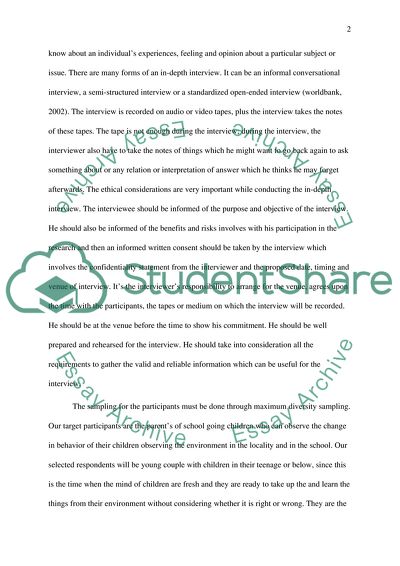Cite this document
(What Has the Greatest Negative Impact on Childrens Learning: Assignment, n.d.)
What Has the Greatest Negative Impact on Childrens Learning: Assignment. https://studentshare.org/education/1706243-qualitative-research
What Has the Greatest Negative Impact on Childrens Learning: Assignment. https://studentshare.org/education/1706243-qualitative-research
(What Has the Greatest Negative Impact on Childrens Learning: Assignment)
What Has the Greatest Negative Impact on Childrens Learning: Assignment. https://studentshare.org/education/1706243-qualitative-research.
What Has the Greatest Negative Impact on Childrens Learning: Assignment. https://studentshare.org/education/1706243-qualitative-research.
“What Has the Greatest Negative Impact on Childrens Learning: Assignment”. https://studentshare.org/education/1706243-qualitative-research.


